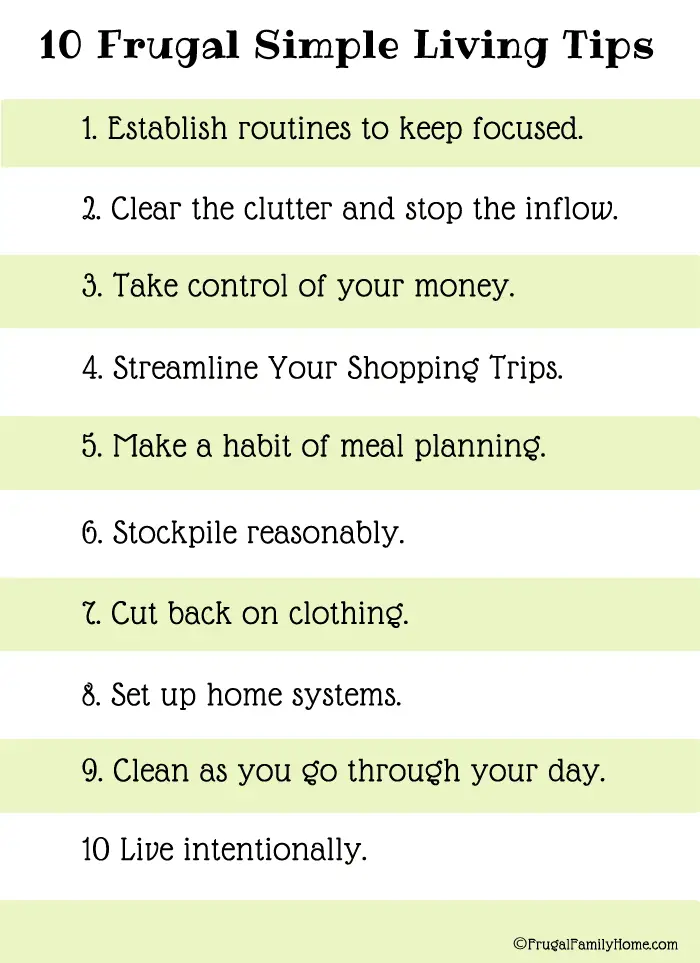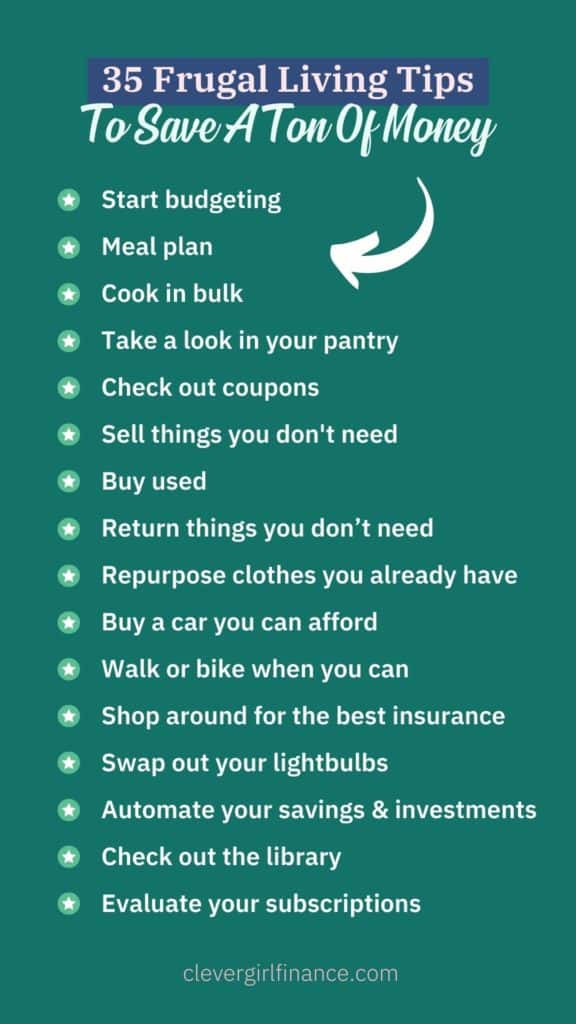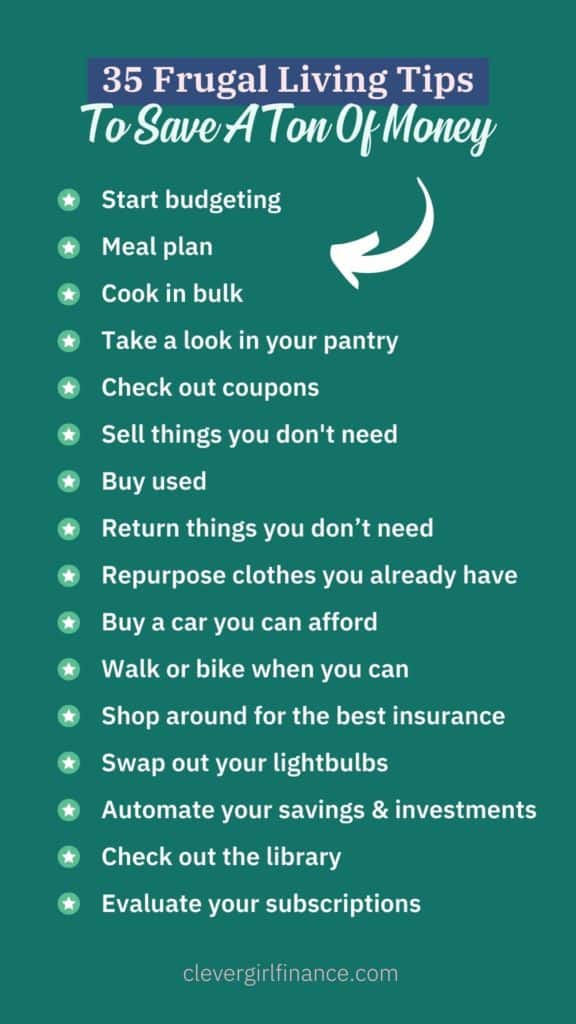Are you in need of some big-ticket items but want to make sure you approach them in a financially responsible way? Look no further! In this article, you’ll discover 10 tried-and-true frugal tips for planning major purchases. From setting a budget and doing thorough research to considering alternatives and waiting for sales, these tips will help you make smart decisions and save money along the way. So, if you’re ready to tackle those big purchases without breaking the bank, read on and start planning the frugal way!

Research and Comparison
Thoroughly Research the Product
When planning to make a big purchase, the first step is to thoroughly research the product you are interested in. Whether it’s a new smartphone, a piece of furniture, or a car, it is important to understand the features, specifications, and reviews of the product. Take the time to read product descriptions, watch video reviews, and compare different models to ensure that you make an informed decision.
Compare Prices
After you have gathered all the necessary information about the product, the next step is to compare prices. Look for the same product across different retailers, both online and offline, to find the best deal available. Keep in mind that prices can vary significantly, so by comparing prices, you can make sure you are getting the most value for your money.
Consider Different Brands and Models
While doing your research and price comparison, also consider different brands and models of the product you are interested in. Sometimes, a lesser-known brand can offer similar features at a lower price. By exploring different options, you may find a better deal or a product that suits your needs even better than the popular brands. Don’t limit yourself to the most popular choices; be open to exploring different options to get the best value for your money.
Timing and Seasonal Discounts
Wait for Sales and Promotions
Another frugal tip for planning big purchases is to wait for sales and promotions. Many retailers offer discounts throughout the year, especially during holidays and special events. By being patient and waiting for the right timing, you can save a significant amount of money on your purchase. Keep an eye out for sales announcements and sign up for newsletters from your favorite retailers to stay updated on upcoming promotions.
Take Advantage of Holiday Discounts
Holidays are a great time to find amazing discounts on various products. Whether it’s Black Friday, Cyber Monday, or Christmas sales, retailers often offer substantial discounts during these holiday seasons. Plan your big purchase around these holidays to take advantage of the discounts and save money. Remember to do your research beforehand and be prepared to make the purchase when the sale starts, as popular items tend to sell out quickly during these periods.
Consider Off-Season Purchases
In addition to holiday discounts, consider making your big purchase during the off-season. Most products have specific seasons when they are in high demand, leading to higher prices. By purchasing during the off-season, you can often find better deals as retailers try to clear out inventory. For example, buying winter clothes during the summer or a lawnmower during the winter can help you save money while still getting a high-quality product.
Setting a Budget
Determining Your Financial Limits
Before making any big purchase, it is crucial to determine your financial limits. Take a close look at your budget and identify how much you can comfortably afford to spend on the item you want to purchase. Consider your income, expenses, and any other financial obligations you may have. By setting a realistic budget, you can ensure that you don’t overspend and put yourself in a difficult financial situation.
Consider Financing Options
If the product you want to purchase is outside your immediate budget, consider financing options. Many retailers offer financing plans that allow you to pay for the item in installments over time. However, it is important to carefully read and understand the terms and conditions of the financing agreement, including interest rates and any additional fees. Be sure to evaluate if the financing option fits within your long-term financial goals and if it is a financially responsible decision for you.
Account for Additional Costs
When planning your big purchase, it is important to account for any additional costs beyond the price of the product itself. Some products may require accessories, maintenance, or regular servicing, which can add to the overall cost. Additionally, consider any delivery or shipping fees that may be associated with the purchase. By factoring in these additional costs, you can have a more accurate understanding of the total expenditure involved in your purchase.
Prioritizing and Delaying
Evaluate the Urgency of the Purchase
Before making a big purchase, evaluate the urgency of the item. Take a step back and consider if it is something that you truly need right away or if it can be delayed. By evaluating the urgency, you may be able to postpone the purchase and allocate more funds or take advantage of better deals in the future. This can help you avoid impulsive purchases and make more intentional buying decisions.
Set Priorities
If you have multiple big purchases on your wish list, set priorities to help you make strategic decisions. Determine which items are the most important or essential for your current needs and focus your budget and resources on those priorities first. By setting priorities, you can allocate your funds effectively and ensure that you are investing in the items that matter most to you.
Consider Delaying the Purchase
If after evaluating the urgency and setting priorities you find that you can postpone the purchase, consider delaying it. Delaying a big purchase gives you more time to save money, research, and find better deals. Additionally, delaying can also give you the opportunity to evaluate if the product is truly essential to your needs or if you can find alternative solutions. Delaying a purchase can lead to more informed decision-making and potentially save you money in the long run.

Negotiation and Bargaining
Hone Your Negotiation Skills
Negotiation skills can be extremely valuable when planning for big purchases. Whether you are buying directly from a retailer or negotiating with individual sellers, being able to negotiate can lead to significant savings. Practice your negotiation skills by researching the market price, being confident in expressing your budget, and being willing to walk away if the terms are not favorable. With practice, you can become more adept at negotiating and secure better deals on your big purchases.
Explore Price Match or Price Beat Guarantees
When researching prices and comparing different retailers, be on the lookout for price match or price beat guarantees. Some retailers offer policies that match or beat the prices offered by their competitors. This can be a useful tool to ensure that you are getting the best possible price for the product you want to purchase. Be sure to read the policies and requirements associated with these guarantees to take full advantage of the potential savings.
Consider Buying from Individual Sellers
In addition to purchasing from retailers, consider exploring individual sellers as well. Platforms like online marketplaces or local classified ads offer opportunities to find products at lower prices, especially when buying second-hand or lightly used items. Be cautious when buying from individual sellers and make sure to verify the condition and authenticity of the product. By buying from individuals, you may be able to negotiate directly and potentially get a better deal compared to retail prices.
Purchase Timing Strategies
Take Advantage of End-of-Season Sales
Many retailers offer end-of-season sales to clear out inventory and make room for new products. Take advantage of these sales by planning your big purchase around the end of a particular season. For example, buying summer clothes at the end of summer or purchasing outdoor equipment at the end of the season can result in substantial savings. Keep an eye out for clearance racks and discounted items as retailers offer significant discounts to move their remaining stock.
Shop During Clearance Periods
Besides end-of-season sales, many retailers also have clearance periods throughout the year. These clearance sales usually offer heavily discounted prices on a wide range of products. By planning your big purchase during a clearance period, you can take advantage of the lowered prices and potentially save a significant amount of money. Clearance sales are particularly common during major holidays, so be sure to keep an eye out for these opportunities.
Consider Buying at the End of the Month
Retailers often have monthly sales targets to meet, and towards the end of the month, they may be more willing to negotiate prices to achieve their goals. Take advantage of this by considering making your big purchase towards the end of the month when retailers may be more open to offering discounts or additional incentives to close a sale. However, it is important to note that popular items may still be in high demand, so be proactive in conducting your research and being prepared to make the purchase when the timing is right.

Understanding Warranties and Returns
Research Product Warranty Policies
Before finalizing your big purchase, it is important to research and understand the warranty policies of the product you are buying. Warranties can provide peace of mind by protecting you against potential defects or malfunctions. Read the terms and conditions of the warranty, check the duration of coverage, and familiarize yourself with any requirements or limitations. Understanding the warranty can help you make an informed decision and provide recourse in case any issues arise in the future.
Consider Extended Warranty Options
In addition to the standard warranty that comes with a product, retailers often offer extended warranty options for an additional cost. Evaluate whether investing in an extended warranty is worth it for your specific purchase. Extended warranties can offer added protection and support beyond the standard warranty period. However, carefully review the terms, coverage, and cost of the extended warranty before deciding if it is necessary or financially beneficial for your purchase.
Check Return Policies and Restocking Fees
It’s important to familiarize yourself with the return policies and any associated restocking fees before making a big purchase. While you may have done thorough research and comparison, there is always a chance that the product may not meet your expectations or requirements. Understanding the return policy will help you navigate the process smoothly if you need to return or exchange the item. Be aware of any restocking fees that may apply and factor them into your decision-making process.
Consider Used or Refurbished Options
Research Reliable Sellers of Used/Refurbished Products
When planning a big purchase, consider exploring used or refurbished options. Many sellers specialize in selling pre-owned or refurbished products that are in excellent condition and come with a lower price tag. Take the time to research reliable sellers who have a reputation for providing quality used or refurbished products. Look for credible online marketplaces, certified refurbished sellers, or local stores with a good track record. By purchasing used or refurbished, you can potentially get a high-quality product at a fraction of the original price.
Check for Warranty and Product History
When buying used or refurbished products, it is important to check for any available warranty and understand the product’s history. Some sellers may still offer a warranty or guarantee on used or refurbished items, providing you with additional peace of mind. Additionally, inquire about the product’s history, including any repairs or refurbishments that have been done. Understanding the product’s history will help you gauge its reliability and potential lifespan.
Evaluate the Condition and Functionality
Before finalizing a purchase of a used or refurbished product, take the time to evaluate its condition and functionality. If possible, inspect the item in person or ask for detailed pictures and descriptions if buying online. Pay attention to any cosmetic flaws or signs of wear and tear. Additionally, ensure that the product functions as intended and meets your expectations. By carefully evaluating the condition and functionality, you can make an informed decision and avoid any surprises after the purchase.

Promotional Discounts and Coupons
Keep an Eye on Promotional Offers
Promotional offers can be a great way to save money on your big purchase. Retailers often run limited-time promotions, flash sales, or exclusive discounts for specific products. Keep an eye out for these promotional offers by regularly checking retailer websites, signing up for newsletters, or following them on social media. Additionally, set up price tracking alerts to get notified when the price of a particular product drops. By staying informed about promotional offers, you can maximize your savings.
Collect and Use Coupons
Coupons are another useful tool for frugal shopping. Look for coupons from retailers, manufacturers, or online coupon websites that offer discounts on specific products or a percentage off your total purchase. Start collecting coupons in advance of your big purchase and ensure they are valid during the time you plan on making the purchase. Carefully read the terms and conditions of the coupons and check for any limitations or restrictions before redeeming them.
Subscribe to Store Newsletters for Discounts
Subscribing to store newsletters is an effective way to stay updated on discounts and exclusive offers. Many retailers offer special discounts or loyalty rewards for their newsletter subscribers. By subscribing to newsletters, you will receive regular updates on upcoming promotions, new product launches, and exclusive discounts. Additionally, some retailers may offer a discount or coupon code as a welcome gift for new subscribers. Take advantage of these incentives by subscribing to relevant newsletters and saving money on your big purchase.
Saving and Planning Ahead
Start a Dedicated Savings Account
Saving money is an essential part of planning for big purchases. Start by opening a dedicated savings account specifically for your purchase goal. This will help keep your savings separate from your regular expenses and make it easier to track your progress. Automate regular transfers from your main account into the dedicated savings account to ensure consistent contributions. By having a dedicated account, you can visually see your progress and stay motivated to reach your savings goal.
Create a Long-Term Saving Plan
When planning for a big purchase, create a long-term saving plan. Set a specific timeline for your purchase and break down the total cost into smaller monthly or weekly savings goals. By creating a plan and sticking to it, you can systematically save the necessary funds without feeling overwhelmed by the cost. Adjust your budget and expenses accordingly to maximize your savings and ensure you stay on track to reach your goal.
Set Savings Goals and Milestones
To stay motivated throughout your saving journey, set savings goals and milestones along the way. Divide your total savings goal into smaller milestones and celebrate each achievement. For example, if your goal is to save $2,000 for a new laptop, set milestones at $500 increments and reward yourself with a small treat or an enjoyable activity when you reach each milestone. This will keep you motivated, make the saving process more enjoyable, and help you feel a sense of progress as you work towards your big purchase.
By following these frugal tips and strategies for planning big purchases, you can make informed decisions, save money, and get the best value for your hard-earned dollars. Remember to take your time, research thoroughly, and consider all your options before making a purchase. With careful planning and smart shopping, you can make your big purchase a satisfying experience while maintaining your financial well-being.


